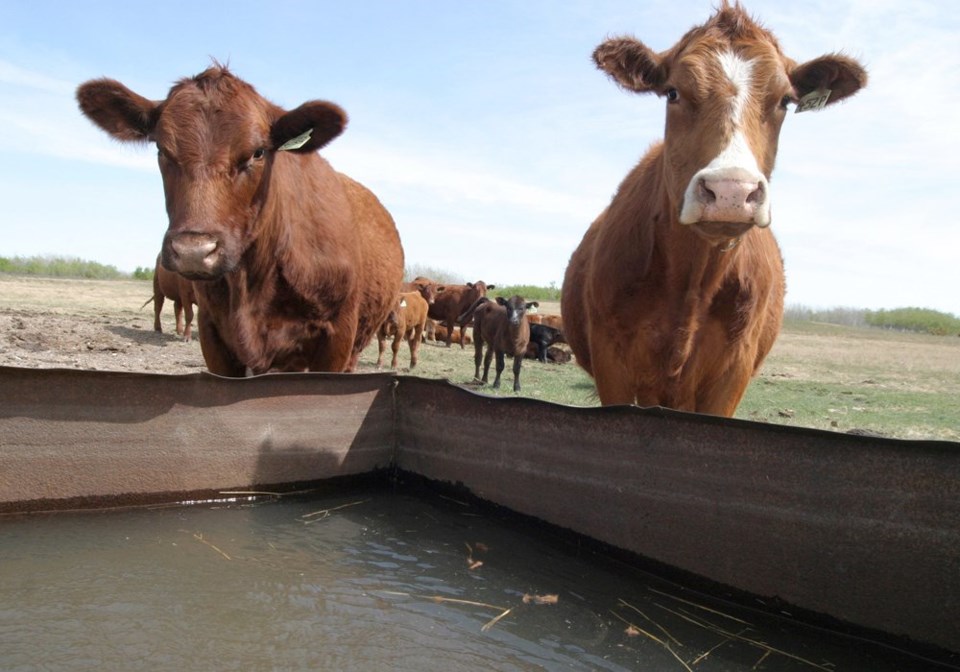WESTERN PRODUCER — The latest cattle inventory numbers show a slight increase in overall totals for beef and dairy but they fail to account for the impacts of last year’s drought.
Statistics Canada’s agricultural census shows total beef cow numbers rose slightly in 2021, the first increase in the last decade. Beef cow numbers rose by slightly more than one percent to more than 3.7 million, which is still lower than 4.2 million recorded in 2011, according to the latest census data.
But the recording period for that data is from before May 2021, pointed out Brenna Grant, executive director of Canfax.
“The biggest thing is that they have beef cow numbers in Canada up 1.2 percent from 2016 in contrast to the StatsCan Jan. 1 numbers that (show) we are actually down four percent,” she said. “We are expecting revisions to come out in August when they do their adjustments to the January and July inventory numbers between censuses, but this is going to help explain why there was this difference.”
Alberta will see some of the largest revisions, added Grant.
“In terms of drought impact, we’re looking at the weather outlook coming for this summer. Really, it’s about rainfall in the next two to three weeks. That’s absolutely critical in terms of grass conditions,” said Grant. “And how much more culling we end up seeing within the national herd.”
Feeder heifers saw the biggest decline in the cattle numbers with a nearly three percent decline since 2016 and dropping in the last decade from a total of 1.1 million in 2011 to a little more than 877,000 in 2021.
The largest increase in cattle inventories is in dairy cows, reversing a decline recorded in 2016 to surpass 2011 numbers with a 4.4 percent increase in 2021. Dairy cow inventories have gone from more than 961,000 a decade ago, dropping by more than 20,000 in 2016 before rebounding to more than 980,000 in 2021.
Following a rebound in 2016, beef replacement heifer numbers have dipped slightly in 2021, declining by less than half a percent to a little less than 672,000 recorded in the latest census numbers.
Steer numbers are continuing their decade-long increase, rising from 1.5 million in 2011 to more than 1.6 million in 2021.
Calves younger than one year have remained stable with no appreciative change from 2016 and down slightly from 2011.
Total cattle and calf numbers across all beef and dairy categories have risen from 2016 by slightly less than one percent to 12.6 million, down by more than 100,000 from 2011.

